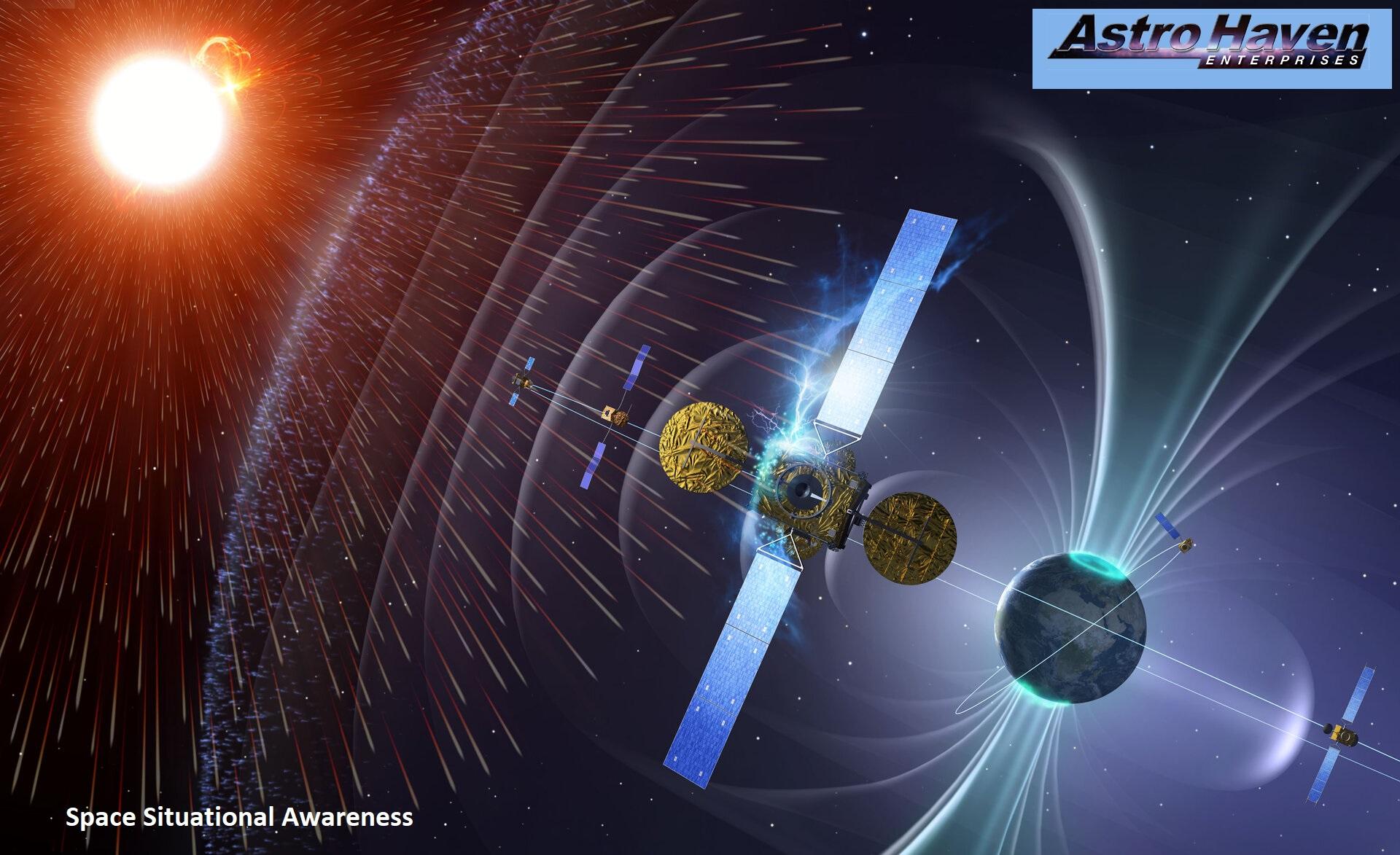The outer space may appear void, but it is not completely empty. Many natural and synthetic resident space objects (RSOs) exist, such as spacecraft, satellites, asteroids, meteoroids, and meteors. These objects seriously threaten the space systems launched to navigate and conduct surveillance beyond the Earth's atmosphere.
Over the years, government and non-governmental organizations that handle high-value space systems have been in a race to preserve the safety of these high-value assets. Space Situational Awareness (SSA) gives these organizations the reprieve of ensuring everything in orbit is safe from debris and other potential threats.
What Is Space Situational Awareness?
Space Situational Awareness (SSA) is the surveillance of space activity and tracking of resident space objects beyond the Earth's atmosphere. The process is to ensure the security of satellites and other orbit assets. Space trackers identify RSOs, analyze their activities, and register any potential threats from the RSOs.
Additionally, through SSA, you will identify your space systems’ location and create clear trajectories to avoid collisions or creeping into the neighboring territory. It is a broad undertaking governed by several local and international laws drafted by SSA organizations worldwide.
How Is RSO Detection Done?
Detecting resident space objects can be challenging, given the location of your space systems and the nature of the objects. However, Space Situational Awareness experts conduct a variety of optical and radar measurements in space and on the Earth's surface to make SSA more seamless.
Furthermore, the level of awareness is based on what you want to accomplish in space. Usually, the SSA operators complete the process based on;
- The information focuses on space weather monitoring.
- Information on the navigation of resident space objects and their proximity to essential systems.
- Data that identifies and manages the course of natural space objects like meteors.
- Information on the ownership and capabilities of satellites and other high-value assets in space. The data includes how these systems use the electromagnetic spectrum.
How Are SSA Findings Used to Improve National Security?
SSA is beneficial in space and on the Earth's surface. Generally, the SSA organization uses these findings for various activities, including,
- Threat identification: Here, the organization analyses all the space data and identifies what could be a potential threat to the country or world. Once detected, they will craft ways to prevent these threats and issue warnings to the relevant institutions. Potential threats include collisions or close contact warnings, solar activity events that could affect operations, and dangerous electromagnetic interference.
- Space traffic management: Ground-based operators use SSA data to plan and coordinate movement and space activity between astronauts. This data also comes in handy when space stations organize rocket launches, which often presents a risk of collisions with resident space objects.
- Debris Mitigation: When you know where the active debris is located, it is easier to maneuver or intercept this potential threat. A comprehensive SSA report will point you directly to the active debris allowing you to mitigate the situation.
The space environment is integral in helping scientists understand how to better care for the Earth and handle climate change issues. However, without SSA, astronauts can become vulnerable to harsh RSOs.
